Pageant and Tableaux: Book of Words
Programme for a pageant, presumably staged in London, under the auspices of the Alliance of Honour. The programme, priced at 6d., contains cast list, words for each tableau and a biographical or explanatory note about each of the characters or groups depicted. The scale of this dramatic production (and the status of its organizers) is indicated by the participation of the State Trumpeters of the Royal Horse Guards ‘by kind permission of Lt.-Col. Lord Tweedmouth’. Mrs. Hubert Rieck as ‘Muse’ was perhaps a patron of the Alliance, here cast in the silent role of presiding spirit. The cast list is followed by the Prologue, speeches for 12 Scenes, and (on the back cover) an Epilogue.
The pageant culminates with a tableau of Sir Galahad, whose ‘purity of heart’ makes him, according to the notes, ‘a type and epitome of all the virtues which shone in those who have preceded him on our stage.’ The emphasis on the character’s purity is carried on in the Epilogue, which ends with a verse stressing the Alliance of Honour’s aims: ‘Purity of heart and life’, ‘Chivalry to maid or wife’, and ‘healthy homes, a cleaner land…’ Most of the characters depicted are male heroes and role models: Moses, Socrates, St. Augustine, Wycliffe, Bayard, Lincoln, Livingstone and Sir Galahad. Fewer main characters depicted were women (Queen Esther, Joan of Arc, Elizabeth Fry and Florence Nightingale) and girls seem to have been mainly occupied in non-speaking parts such as Queen Esther’s five attendants and six female prisoners.
Sales of the programme perhaps helped to swell the funds of the Alliance of Honour. Assuming that the pageant took place around 1910, sixpence for a programme would have been a considerable sum for working people to afford. The programme’s appearance – with its cover illustrations, stout outer cover, a variety of types and complex layout – is carefully designed and it is surprising that no imprint appears.
The Alliance of Honour was established in London in 1901, part of the Edwardian Purity Movement, and seems to have continued at least until 1946, when an Alliance-Scottish Council developed to carry on the work of health- and sex-education. The Alliance’s stance was religious and aimed, in particular, at boys and young men. Lectures and meetings were held, and particular concerns in the period of the First World War seem to have been the behaviour of young men in the armed forces and the threat of venereal disease. The ‘Alliance of Honour Record’, as described in the British Medical Journal(1915: vol.1, p. 504), published articles ‘bearing upon vital questions of personal and social purity’, such as ‘an article on self-control…emphasizing the hygienic advantages of continence…’ Purity in young men and ‘a chivalrous respect for womanhood’ seem to have been primary objectives, and numerous pamphlets and books were published on such topics as Impure Thoughts; Continence and its Value; and In Confidence: to Boys(on ‘the sin of self-abuse’). The Alliance’s meetings, demonstrations and publications were frequently reported in the British Medical Journalbetween 1911 and the 1940s.
More information would be welcome: about this programme (who designed and printed it?); about this particular performance (when and where did it take place? who watched it?); and about the Alliance of Honour’s use of drama and public demonstrations alongside its publishing activities.
Maureen Bell



